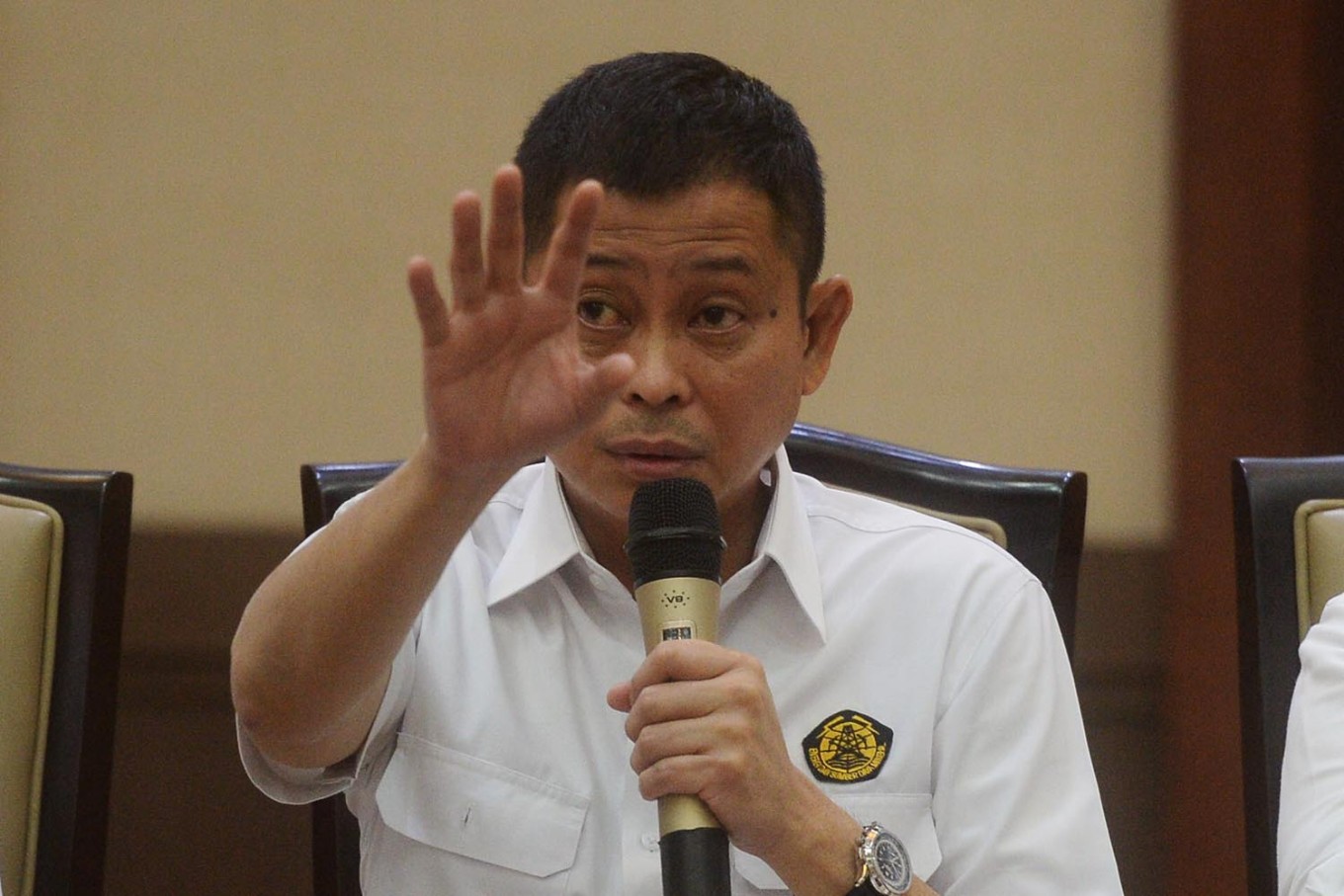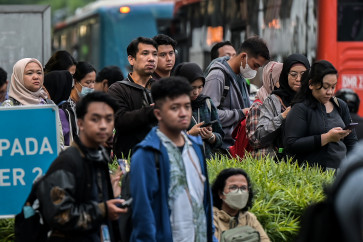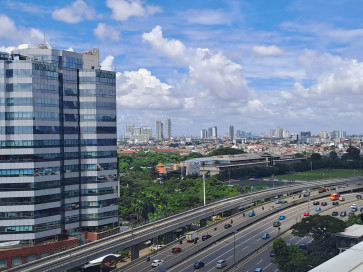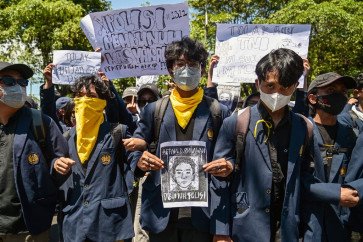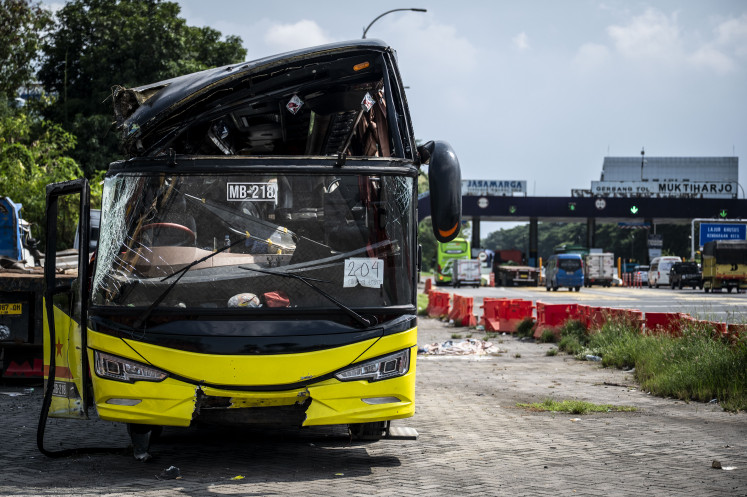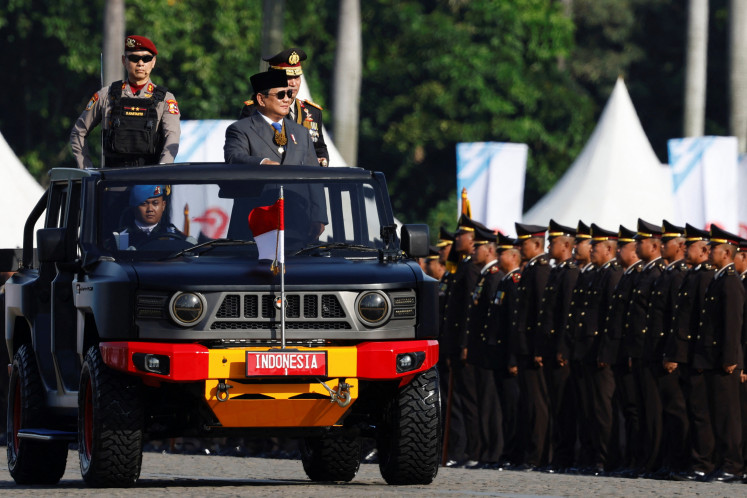Popular Reads
Top Results
Can't find what you're looking for?
View all search resultsPopular Reads
Top Results
Can't find what you're looking for?
View all search resultsCampaign for cooking with electricity hampered by households’ low power capacity
Induction cooking cannot be used by households whose electricity capacity is 450 kilovolt-ampere (kVA).
Change text size
Gift Premium Articles
to Anyone
T
he government is preparing a nationwide program to promote induction cooking, which uses electricity to heat pots and pans, and reduce household dependency on imported liquefied petroleum gas (LPG), particularly subsidized LPG distributed in 3-kilogram canisters.
However, concerns have been raised that the weak power capacity of low-income homes may hamper the campaign.
According to Syamsul Huda, the Sulawesi business director for state-owned electricity company PLN, induction cooking cannot be used by households whose electricity capacity is 450 kilovolt-ampere (kVA).
“The government is still searching for a solution for 450-kVA electricity customers […] We have no problems in the side of supply, but it is merely a technicality issue as the subsidized electricity capacity is too weak [for induction cooking],” he said.
Syamsul explained that induction cookers have various power capacities, starting from 300 watts to 1,400 watts. To encourage customers to use induction cookers, PLN is offering a 75 percent discount for electricity capacity upgrades from March until the end of 2019.
Before March, 830 PLN customers had applied for the program and more than 10,000 PLN employees had used induction cookers.
“We have just begun to introduce the induction cooking to our customers. We have a special team to promote the benefits of these cookers, including the fact that they are less costly and safe,” Syamsul said, adding that the cooking equipment was also environmentally friendly.
Earlier on Monday, PLN’s board of directors met with Energy and Mineral Resources Minister Ignasius Jonan to discuss ways to increase electricity consumption.
Syamsul said the minister also called on PLN to boost electricity consumption not only in households but also in the transportation sector to cut oil imports.
The induction cooking program was introduced several years ago as the government wanted to cut the consumption of LPG, 70 percent of which was still imported.
“We are trying to replace [LPG] with electricity. The cost is about 50 to 60 percent lower. Currently, we consume around 6.5 million tons of LPG annually, 4.5 million of which is imported,” he said. (bbn)

